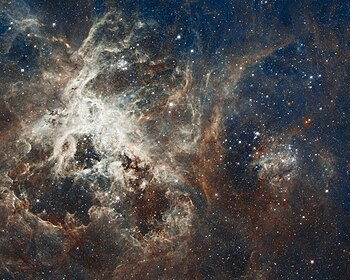User:WxHalo/maintest
| This is a Wikipedia user page. This is not an encyclopedia article or the talk page for an encyclopedia article. If you find this page on any site other than Wikipedia, you are viewing a mirror site. Be aware that the page may be outdated and that the user in whose space this page is located may have no personal affiliation with any site other than Wikipedia. The original page is located at https://en.wikipedia.org/wiki/User:WxHalo/maintest. |
Can't figure out where everything is? Well me too! So here is a Sitemap --> User:WxHalo/sitemap
About Me[edit]
| Wiki Projects WxHalo belongs to: | ||
| ||
| ||
| ||
| ||
| ||
| ||
| Weather | ||
| ||
| ||
| ||
| Gameing | ||
| ||
| ||
| Random Junk | ||
| ||
| ||
| ||
|
I am:
Offline
| Part of the Nature series on Weather |
| Seasons |
|---|
| Temperate |
| Tropical |
|
• Tropical Cyclone • |
| Storms |
|
• Thunderstorm • Tornado • |
| Precipitation |
|
• Fog • Drizzle • Rain • |
| Topics |
|
• Meteorology • |
| Portal · Project |
Hello!
I am a new user to wiki and is currently slowly but surely building my user page.
I am a avid weather addict and a big halo fan.
I have alot of knowledge about the weather, aviation, computer gaming and anything that the earth can throw at us.
Fell free to drop me a message on my talk page.
Today's World News[edit]
|
On This Day in History[edit]
Wikipedia vandalism information
(abuse log)

Moderate to high level of vandalism
[view • purge • update]
4.20 RPM according to EnterpriseyBot 15:10, 14 May 2024 (UTC)
Picture of the Day[edit]
The Tarantula Nebula, also known as 30 Doradus, is a large H II region in the Large Magellanic Cloud (LMC). It is one of the largest H II regions in the Local Group, with an estimated diameter around 650 to 1860 light years. It is around 160,000 light-years from Earth and has apparent magnitude of 8. The Tarantula Nebula was first observed by Nicolas-Louis de Lacaille during an expedition to the Cape of Good Hope between 1751 and 1753. This high-resolution photograph was taken by the Hubble Space Telescope and shows the star-forming region of Tarantula Nebula with the R136 super star cluster at its center.Photograph credit: NASA, ESA, Space Telescope Science Institute
 | |
| Wikipedia ads | file info – show another – #205 |
Categories:
- WikiProject Meteorology participants
- Wikipedians interested in meteorology
- WikiProject Severe weather participants
- Wikipedians interested in severe weather
- WikiProject Tropical cyclones participants
- WikiProject Non-tropical Storms participants
- Wikipedians in the Counter-Vandalism Unit
- Wikipedian SKYWARN spotters
- Wikipedians in Maryland
- Wikipedians in the United States
- Wikipedian sailors
- Wikipedian baseball players



